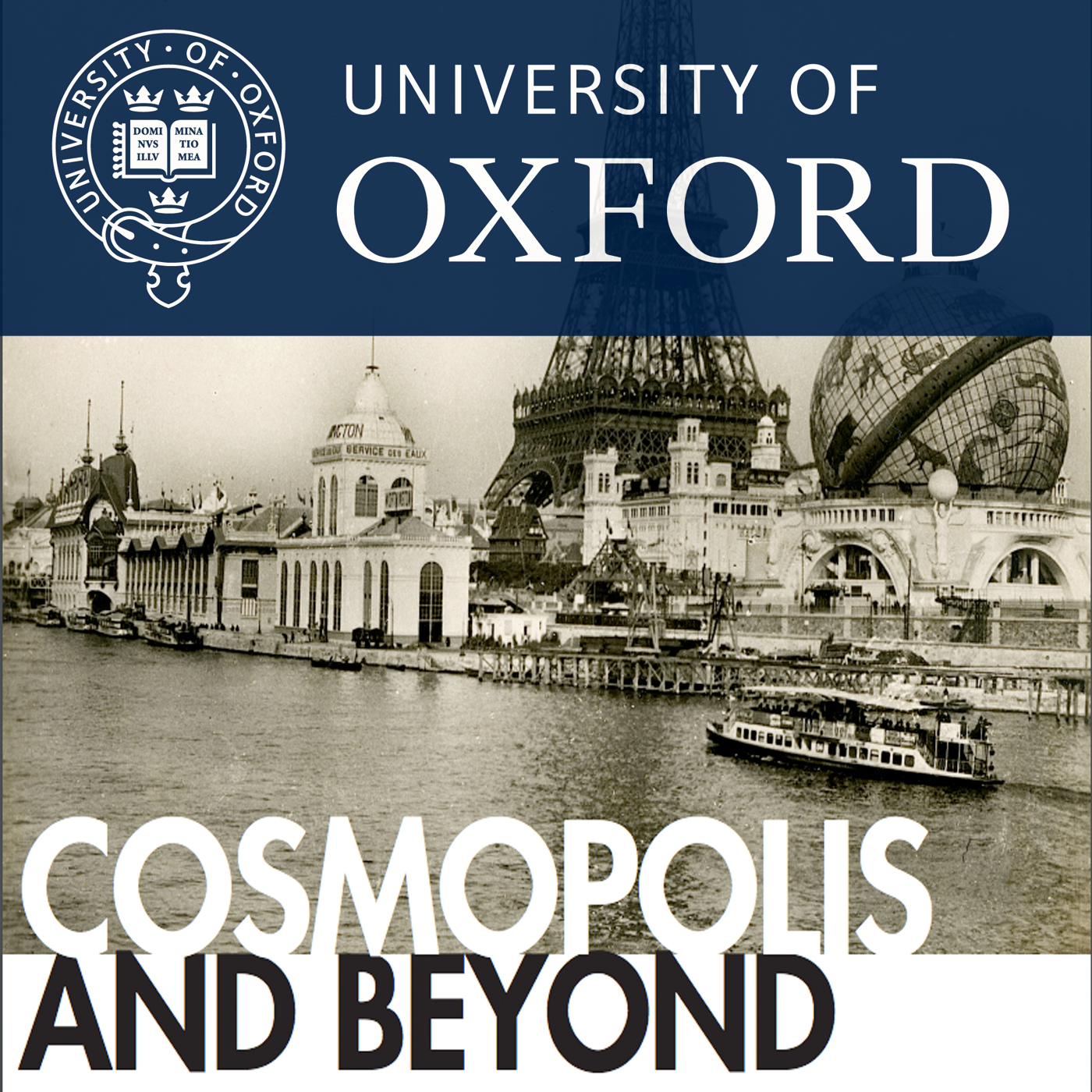The Relation of Fellow-Feeling to Sex: Laurence Housman and Queer Cosmopolitanism

b'Kristin Mahoney\\u2019s paper on Laurence Housman asserts that Housman implemented a Decadent vision of queer desire in his activist work in support of the pacifist and Indian independence movements in the 1930s and 40s. Author and illustrator Laurence Housman began his career as a \\u2018disciple of the Nineties\\u2019, a member of Oscar Wilde\\u2019s circle who worked frequently with the Decadent publisher John Lane, but during the twentieth century, he became more well known as a political activist, devoted to the causes of gay rights, peace, and Indian independence. The rhetoric that Housman employed in theorizing pacifism and the resistance to colonialism borrows directly from the conceptualization of promiscuous fellow-feeling in his writing about same-sex desire. This paper traces Housman\\u2019s interest in fellow-feeling through the many stages of his career, examining the representation of promiscuous amativeness in Housman\\u2019s Decadent fairy tales of the 1890s, the privileging of expansive affiliation in his queer activist writing in the teens, and the emphasis on \\u2018unity of spirit\\u2019 in his pacifist and anticolonial work of the 1930s and 40s, and it considers the centrality of eroticism to Housman\\u2019s theory of cosmopolitan community, the manner in which eroticism underwrote his vision of transnational unity.'